Let your feet become a percussion instrument and delight in the rhythmic coordination and tricky foot work that is a feature of tap. This technique is suitable for all ages and is very popular with our adult classes. Style and pizzazz will spring from every beat.
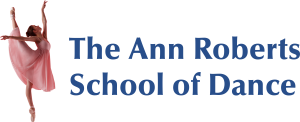
Let your feet become a percussion instrument and delight in the rhythmic coordination and tricky foot work that is a feature of tap. This technique is suitable for all ages and is very popular with our adult classes. Style and pizzazz will spring from every beat.
The school, founded in 1957 by Miss Ann Roberts AO, is now in the hands of daughter, Jane and her husband André Reynaud.
The school evolves to reflect the changing world by offering the highest quality training in the most caring and fun filled environment for both the lover of dance and the aspiring professional.
The school is proud to say that many of its past students have pursued a career in the world of dance. To name a few, are Natalie Weir – Expressions Director and choreographer, Kurt Phelan – professional dancer, choreographer and actor, Tim Coleman – Singapore Ballet; Emmanuel Reynaud - Footnote Dance Company; and many of our former students are now professional teachers and examiners of dance.

This is the most rhythmic of the dance forms, is an excellent way to increase coordination of the mind and body and to develop a sense of rhythm, timing and expression
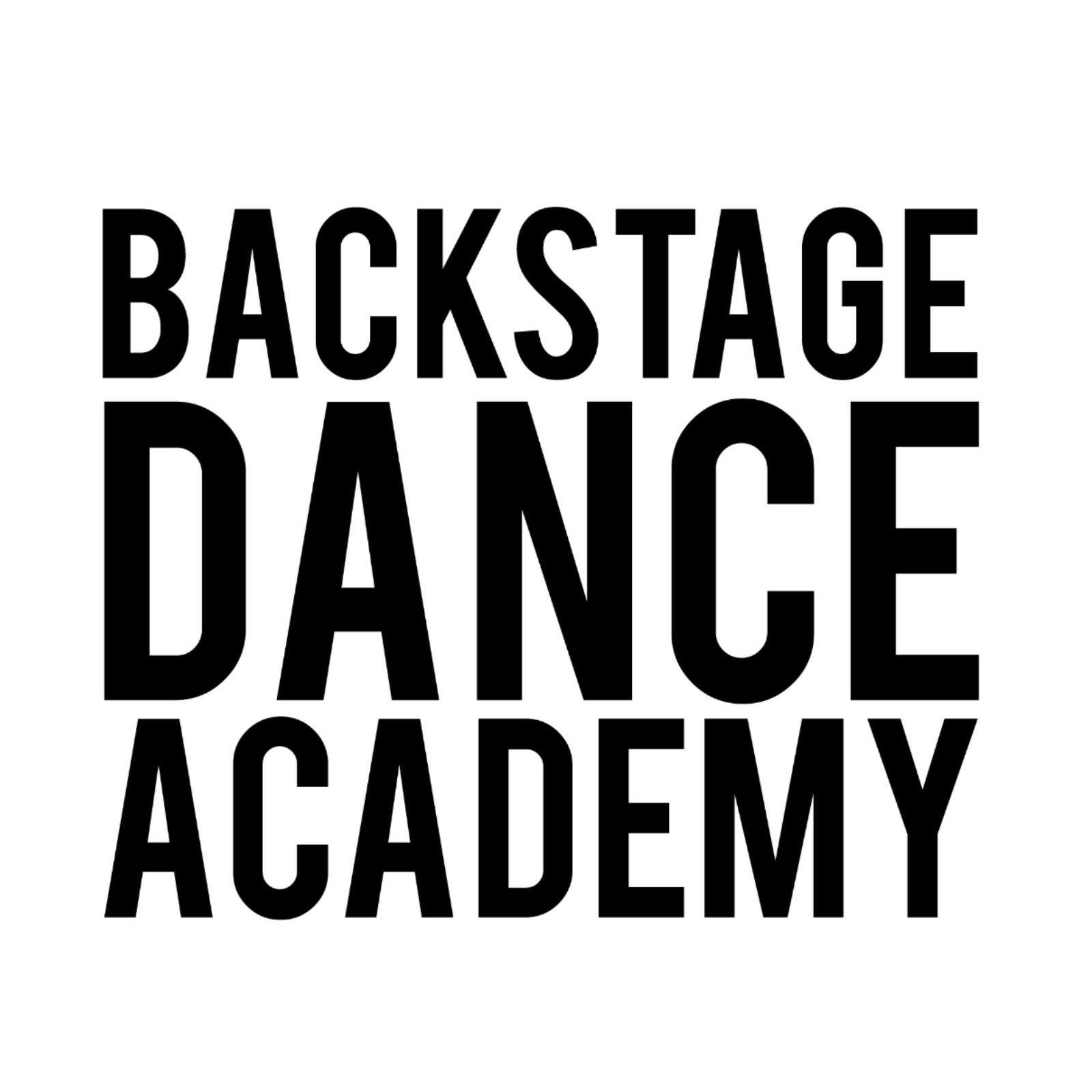
Tap Dance classes are offered by Backstage Dance Academy.
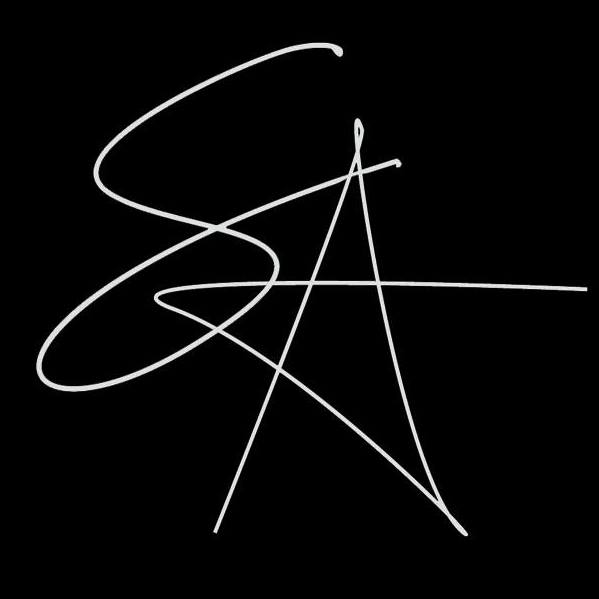
Tap Dance Classes offered by Star Academy Adelaide
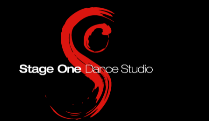
Stage One Dance Studio offers tap dance classes in Adelaide open to all ages.
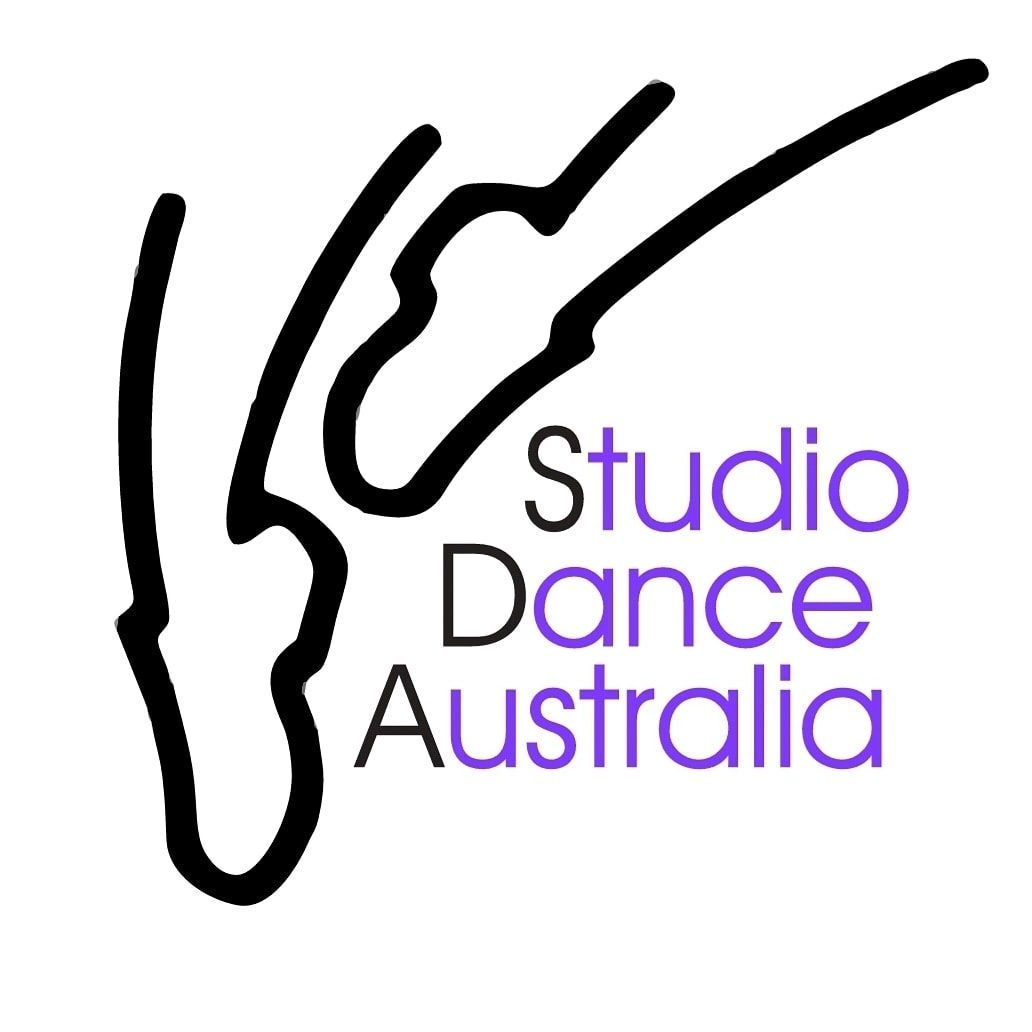
Tap Dance is characterised by using the sounds of tap shoes striking the floor as a form of percussion. The sound is made by shoes that have a metal “tap” on the heel and toe. Although it can be challenging, tap is a fun way to make one’s own music.
© 2025 coursetakers.com All Rights Reserved. Terms and Conditions of use | Privacy Policy